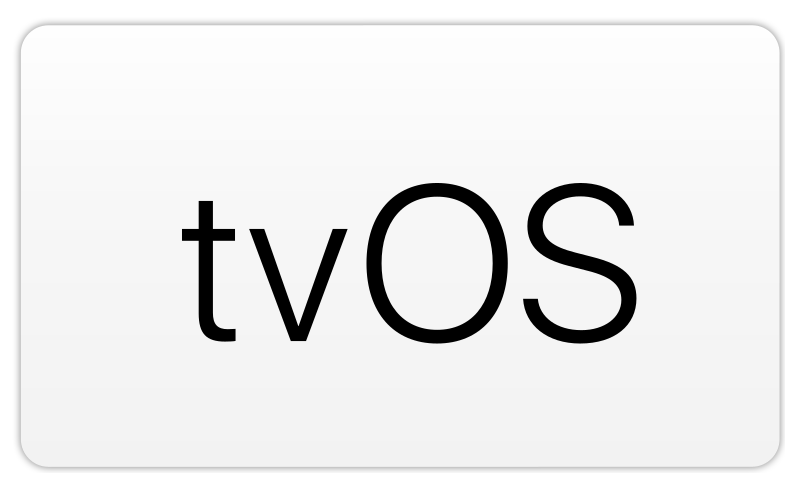Google's Gemini Diffusion: A Paradigm Shift in LLM Deployment

In June 2025, Google DeepMind introduced Gemini Diffusion, a novel approach to language model deployment that significantly diverges from traditional autoregressive models. This innovative experimental model employs a diffusion-based methodology, which has primarily been utilized in image generation, to enhance the efficiency and coherence of text generation tasks.
Historically, large language models (LLMs), such as OpenAI's GPT series and Google’s own Gemini, have relied on autoregressive techniques. In these models, text is generated sequentially, with each token produced based on the preceding ones. While this method ensures strong coherence and context tracking, it can be computationally intensive and slow, particularly for long-form content. In contrast, diffusion models initiate the process with random noise, gradually refining it into coherent text. This transition represents a significant advancement in speed and accuracy, potentially reshaping the landscape of natural language processing.
The Gemini Diffusion model, currently in an experimental phase, demonstrates remarkable capabilities, reportedly generating between 1,000 to 2,000 tokens per second. This is a substantial increase compared to Gemini 2.5 Flash, which averages 272.4 tokens per second. Such efficiency is critical for applications that require quick response times, including conversational AI, live transcription, and coding assistance.
Brendan O’Donoghue, a research scientist at Google DeepMind and a key contributor to the Gemini Diffusion project, outlined several advantages of this approach during an interview with VentureBeat. He emphasized lower latencies, adaptive computation, and the capacity for non-causal reasoning as significant benefits. Non-causal reasoning allows the model to process information in a bidirectional manner, facilitating more coherent text generation and enabling broader edits within a single generation block. Moreover, the iterative refinement process inherent in diffusion models permits self-correction, which can lead to more accurate outputs.
However, O’Donoghue also acknowledged the challenges associated with diffusion-based models, including higher operational costs and a potentially longer time-to-first-token (TTFT). These factors arise because the first token in a diffusion model can only emerge once the entire sequence is ready, contrasting the immediate output of autoregressive models.
Performance benchmarks from various evaluations indicate that while Gemini Diffusion excels in coding and mathematical tasks, its capabilities in reasoning and multilingual contexts still lag behind those of its autoregressive counterparts. For instance, in coding assessments like the HumanEval benchmark, Gemini Diffusion achieved a score of 89.6%, slightly lower than the 90.2% scored by Gemini 2.0 Flash-Lite. However, as the technology matures, experts believe that Gemini Diffusion's performance may soon rival or even surpass that of established models, particularly in domains where consistency is crucial.
The training methodology for diffusion models involves two key processes: forward diffusion and reverse diffusion. In forward diffusion, noise is progressively added to a sentence over several cycles until it becomes indistinguishable from random noise. The model is then trained to reverse this process, learning to reconstruct the original sentence from noisy versions. This iterative training enables the model to accurately generate new sentences based on diverse prompts or conditions.
As enterprises increasingly seek real-time solutions, the applicability of diffusion-based models like Gemini Diffusion expands. They are particularly relevant in contexts that demand rapid user interactions, such as coding assistants or in-line text editing. The model’s ability to perform instant edits—such as correcting grammar or refactoring code—demonstrates its potential to transform various industries.
In conclusion, while diffusion-based language models are still in their infancy, their ability to generate text at unprecedented speeds and to self-correct errors suggests that they will play a transformative role in the future of language processing technologies. As further developments unfold, the adoption of models like Gemini Diffusion may lead to significant advancements in how language models are utilized across various sectors, paving the way for more sophisticated and efficient applications in natural language processing.
Advertisement
Tags
Advertisement





